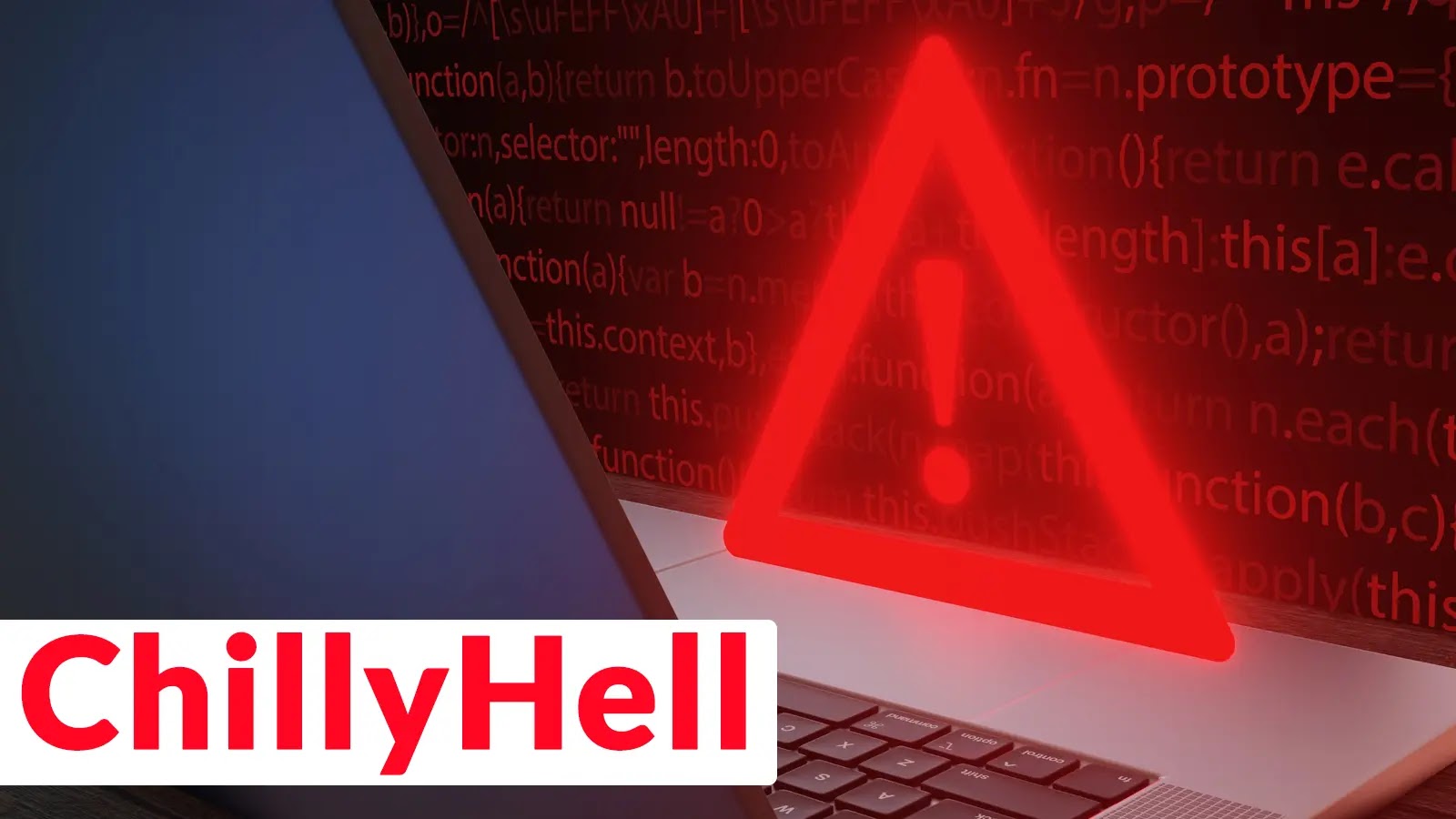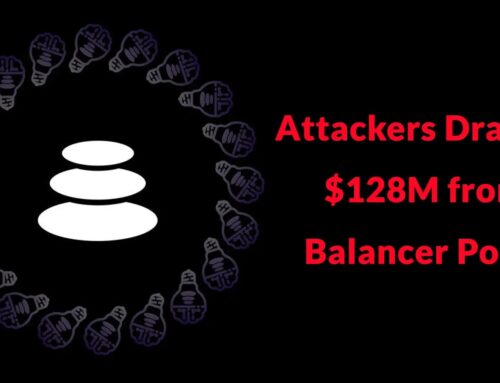
ChillyHell macOS Malware Profiles Compromised Machines and Maintain Persistence with 3 Methods
The digital landscape is a constant battleground, with sophisticated cyber threats emerging at an alarming rate. For macOS users, a new and particularly insidious adversary has surfaced: ChillyHell. This modular backdoor malware not only compromises machines but also exhibits an unsettling ability to maintain persistence through multiple, stealthy methods. Understanding how ChillyHell operates, from its deceptive initial infiltration to its intricate persistence mechanisms, is crucial for both individual users and organizational security teams.
ChillyHell: A Deceptively Notarized Threat
ChillyHell first appeared in public malware repositories in early May 2025, but its lineage traces back much further, with developer-signed notarization dating as far back as 2021. This extended period of subtle operation underscores its dangerous efficacy. The malware leverages Apple’s own notarization process, a security measure designed to assure users that applications are free of malicious components and have been reviewed by Apple. By masquerading as a benign macOS applet, ChillyHell bypasses initial security checks, gaining an immediate foothold on target machines. This deceptive tactic allows it to elude detection by many major antivirus vendors, positioning it as a significant threat to macOS ecosystems.
Initial Infiltration and Profiling Capabilities
Once ChillyHell establishes a foothold, its modular design enables it to download and deploy additional malicious components. A primary objective of this malware is to profile compromised machines. This involves gathering extensive system information, which can then be exfiltrated back to the attackers. The data collected typically includes hardware specifications, installed applications, network configurations, and potentially sensitive user data. This comprehensive profiling allows threat actors to tailor subsequent attacks or determine the value of the compromised system, maximizing their illicit gains. The ability to dynamically load new modules means ChillyHell can adapt its functionality based on the data it gathers, making it a highly versatile and dangerous tool for adversaries.
ChillyHell’s Persistence Mechanisms: Three Core Methods
Maintaining persistence is a cornerstone of any effective backdoor malware, ensuring continued access to a compromised system regardless of reboots or security scans. ChillyHell employs at least three distinct methods to achieve this, highlighting its sophisticated design and the attackers’ determination to retain control.
- Launch Agents/Daemons: A common and effective method, ChillyHell often installs malicious Launch Agents or Launch Daemons. These XML-based property lists instruct macOS to automatically load and execute specific programs at system startup, user login, or at defined intervals. By manipulating these legitimate macOS mechanisms, ChillyHell ensures its payload is executed reliably, granting persistent access to the compromised machine.
- Login Items: Similar to Launch Agents, Login Items are applications or scripts configured to launch automatically when a user logs into their macOS account. ChillyHell can add itself to a user’s Login Items, ensuring that its malicious processes are initiated every time the user authenticates, providing a reliable channel for maintaining control.
- Cron Jobs: While less common for macOS-specific malware than on Unix-like systems, ChillyHell may leverage cron jobs for scheduled execution. Cron jobs are time-based schedulers that execute commands or scripts at specified intervals. By creating or modifying entries in the user’s or system’s crontab file, ChillyHell can ensure its malicious components are run periodically, potentially for data exfiltration, system scanning, or refreshing its persistence mechanisms.
Remediation Actions and Proactive Defense
Mitigating the threat posed by ChillyHell requires a multi-layered approach, combining proactive defense with vigilant monitoring and rapid response.
- Implement Endpoint Detection and Response (EDR) Solutions: Advanced EDR platforms are critical for detecting the subtle behaviors indicative of ChillyHell, such as unusual process creations, modifications to Launch Agents/Daemons, or suspicious network connections. Traditional antivirus alone may not suffice due to ChillyHell’s notarization bypass.
- Leverage Application Whitelisting/Controls: Strict application whitelisting policies can prevent unauthorized or suspicious applications, including disguised malware, from executing. Ensure that only approved and verified software is allowed to run on macOS endpoints.
- Regularly Update macOS and Software: Keep macOS and all installed applications updated to their latest versions. Software updates frequently include security patches that address vulnerabilities exploited by malware like ChillyHell.
- Educate Users on Phishing and Social Engineering: ChillyHell’s initial infiltration likely relies on users unwittingly executing the disguised applet. Comprehensive user training on recognizing phishing attempts, suspicious attachments, and unknown application downloads is paramount.
- Monitor Launch Agents, Daemons, and Login Items: Periodically review the contents of
~/Library/LaunchAgents,/Library/LaunchAgents,/Library/LaunchDaemons, and a user’s Login Items (System Settings > General > Login Items). Look for unfamiliar or suspicious entries. Tools likelaunchctl listcan help inspect active services. - Inspect Cron Jobs: Review cron job entries by using the
crontab -lcommand for individual users and inspecting system-wide cron files, though this is a less common persistence vector on modern macOS. - Network Traffic Analysis: Monitor network egress for unusual connections or data exfiltration to suspicious IP addresses or domains. ChillyHell’s profiling and data exfiltration activities will generate network traffic.
Relevant Tools for Detection and Mitigation
| Tool Name | Purpose | Link |
|---|---|---|
| Objective-See’s KnockKnock | Detects persistent software on macOS, including Launch Agents, Daemons, and Login Items. | https://objective-see.com/products/knockknock.html |
| Objective-See’s LuLu Firewall | Free open-source macOS firewall to block unwanted network connections. | https://objective-see.com/products/lulu.html |
| Little Snitch | Proprietary macOS network monitor and firewall for deep control over outbound connections. | https://www.obdev.at/products/littlesnitch/index.html |
| Jamf Protect | Endpoint security for macOS, offering threat prevention, detection, and remediation. | https://www.jamf.com/products/jamf-protect/ |
The Evolving Threat Landscape for macOS
ChillyHell serves as a stark reminder that macOS, despite its reputation for robust security, is not impervious to sophisticated malware. The malware’s ability to leverage legitimate Apple notarization and deploy modular components for profiling and multi-faceted persistence techniques marks a significant evolution in threats targeting Apple’s ecosystem. Vigilance, proactive security measures, and continuous user education are not just best practices; they are essential defenses in the ongoing battle against increasingly cunning cyber adversaries.





